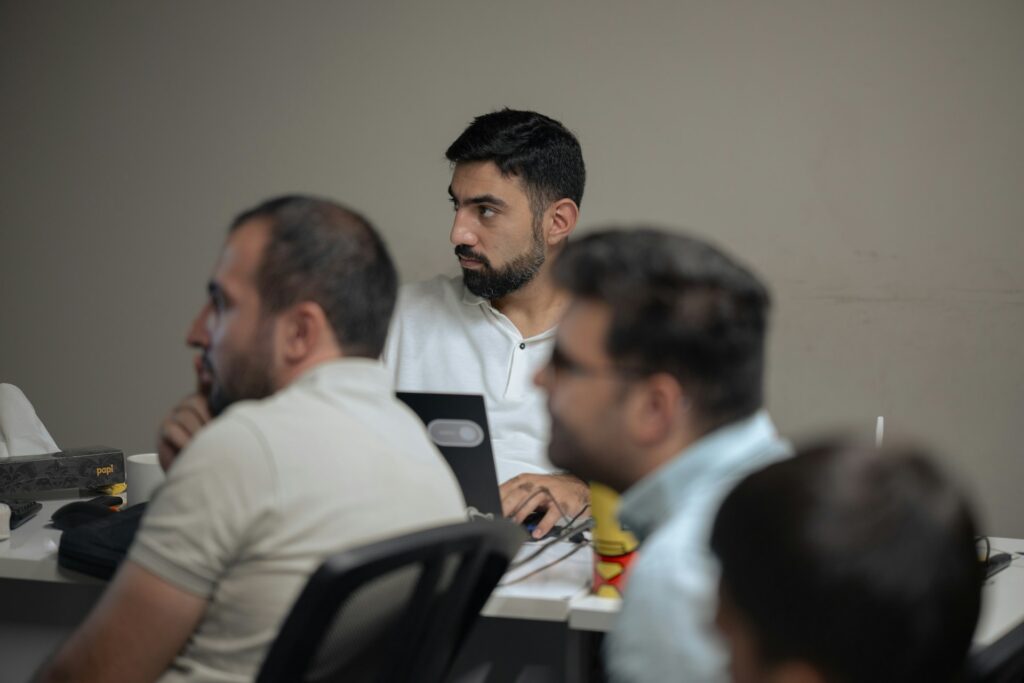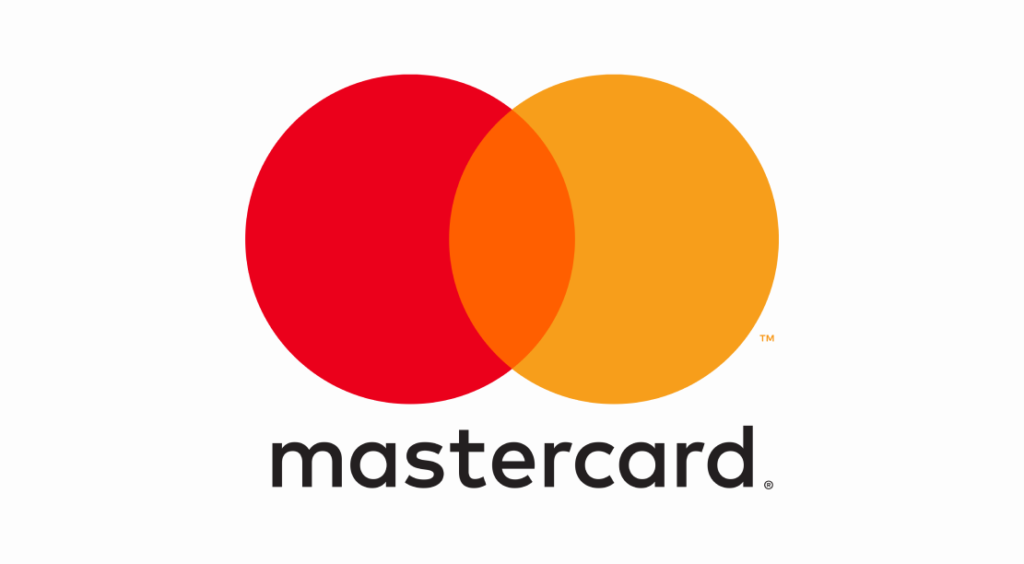Coaching for Change Management
Coaching for Change Management: Increase Employee Engagement by Building a Change-Ready Workforce

The saying goes that there are only two things we can be certain of – death and taxes. We now know that we can add a third – change! Right now, that’s organizational change.
Change happens all the time at work, but many organisations still struggle to make it last. Whether it is the latest AI transformation, a different IT tool or a new hybrid work policy, change is the only constant: new systems are introduced, processes change, and structures are reorganised. However, if people are not mentally and emotionally ready, even the best-planned changes often stall.
Research from Gartner shows that employees’ willingness to support enterprise change collapsed from 74% in 2016 to around 40% in 2022, while Gallup’s latest global data suggests that by 2024 roughly six in ten employees were “quiet quitting”… disengaged but still in post.
Change often slows not because the idea is wrong, but because people aren’t prepared for it. Employees may feel overwhelmed, left out, or unclear about the reasons behind the change. Many leaders are picked for their technical skills, not for the people skills needed to support teams through uncertainty. Busy people have little capacity left to sustain change without adjusted timelines and space.
Without support, organisations can slip back into old habits and lose energy and motivation. Coaching for change management is one of the most effective tools leaders can use to help people adapt.

How Coaching Builds Real Change Readiness
Coaching helps people see change as something they can be part of, not just something that happens to them. Good coaching builds the mindset, skills, and confidence employees need to face new situations. John Kotter has written extensively about why change efforts fail, and two of the factors he takes into consideration are having a “guiding coalition” and a “compelling vision”.
There are five things that leadership teams can focus on to embed change readiness into their organization, which will regain the support of their employees for their change initiatives:
1. Strengthen Self-Awareness and Emotional Resilience
Change can evoke many emotions, such as excitement, fear, resistance, and confusion. Coaching gives people a chance to talk about how they feel, what they need, and what might be holding them back. This helps them feel clearer, less anxious, and more confident.
2. Develop Leaders Who Communicate with Empathy
When things are changing, employees rely on their leaders for clear information and support. Coaching helps leaders speak honestly, listen well, and make people feel safe. These soft skills are key to building trust and keeping people engaged.
3. Turn Employees into Active Participants
Coaching helps people spot opportunities, share their ideas, and take responsibility for solutions. Rather than waiting for instructions, they become active contributors to the change, which greatly increases their support.
4. Move Teams from Resistance to Problem-Solving
When people feel listened to and supported, they stop resisting change and start working with it. Team coaching helps everyone understand each other and solve problems together.
5. Embed Change So It Becomes Habit
With regular reflection, planning, and feedback, coaching helps new behaviours and ways of thinking become part of daily work. This makes sure the change lasts beyond the first rollout.
A Coaching Framework for Successful Change Management
A successful change management process relies on a coaching framework built around these key practices:
Assessment & Awareness
Use tools to assess the organisation’s readiness for change. This can include surveys about attitudes, uncertainty, communication gaps, and how people see resources. One-on-one or group coaching can help bring out concerns, fears, hopes, and expectations early.
Leadership Coaching
Help leaders improve their communication, empathy, and ability to set a clear vision. Executive Coaching supports leaders as they show the behaviours they want from others, stay open and honest, and make people feel safe during uncertain times.
Individual & Team Coaching
Support employees as they deal with the emotions that come with change, set clear goals for themselves or their teams, build resilience, and take ownership. Coaching helps people go from feeling overwhelmed to feeling confident and involved.
Of course, offering individual coaching every single employee is not feasible for large organisations; true change can only happen when leaders themselves act as coaches: this is why we offer programs like Transformational Leader and GROW Essentials, to embed coaching like behaviours and skills throughout the workforce.
Change-Agent Network & Peer Coaching
Build a supportive network across teams by choosing ‘change champions’ who can share their experiences, coach their peers, and keep communication open. This gets more people involved and keeps the change moving forward.
Sustainability & Reinforcement
Make sure new behaviours and mindsets last by having regular coaching follow-ups, reflection sessions, performance check-ins, and supportive feedback. This helps build long-term habits and prevents the organisation from reverting to old ways.
The Benefits of a Coaching Approach to Change
When organizations use coaching to manage change, they benefit in several ways:
- More engaged and motivated employees
- Smoother transitions
- stronger, more empathetic leaders
- Better communication and collaboration
- A culture that adapts, learns and grows
Change is always challenging, but coaching makes it a shared journey instead of a struggle. When people feel noticed, prepared, and empowered, organizations become truly ready for change.
Increase employee engagement with coaching for change. Support your teams to adapt, reduce resistance and stay motivated through transitions.
Case Study: Team Coaching For Change
Mastercard asked us to develop a global program to increase employee engagement and support a culture ready for change.

The mission
Financial services conglomerate, Mastercard, asked Performance Consultants to design and deliver a global-scale program to ignite a step-change in employee engagement, cultivate a feedback-forward culture, and bolster “Change Readiness”.

A Tailored Program
We created a custom program that helped Mastercard focus on “competing to win” by supporting leaders as they built engagement skills and habits into their daily management.

The outcome
Post-program Employee Engagement Surveys were indicative of an exponential leap in across-the-board engagement. Furthermore, after completion of the program; Mastercard was externally recognized as one of the best companies to work for by Forbes.
